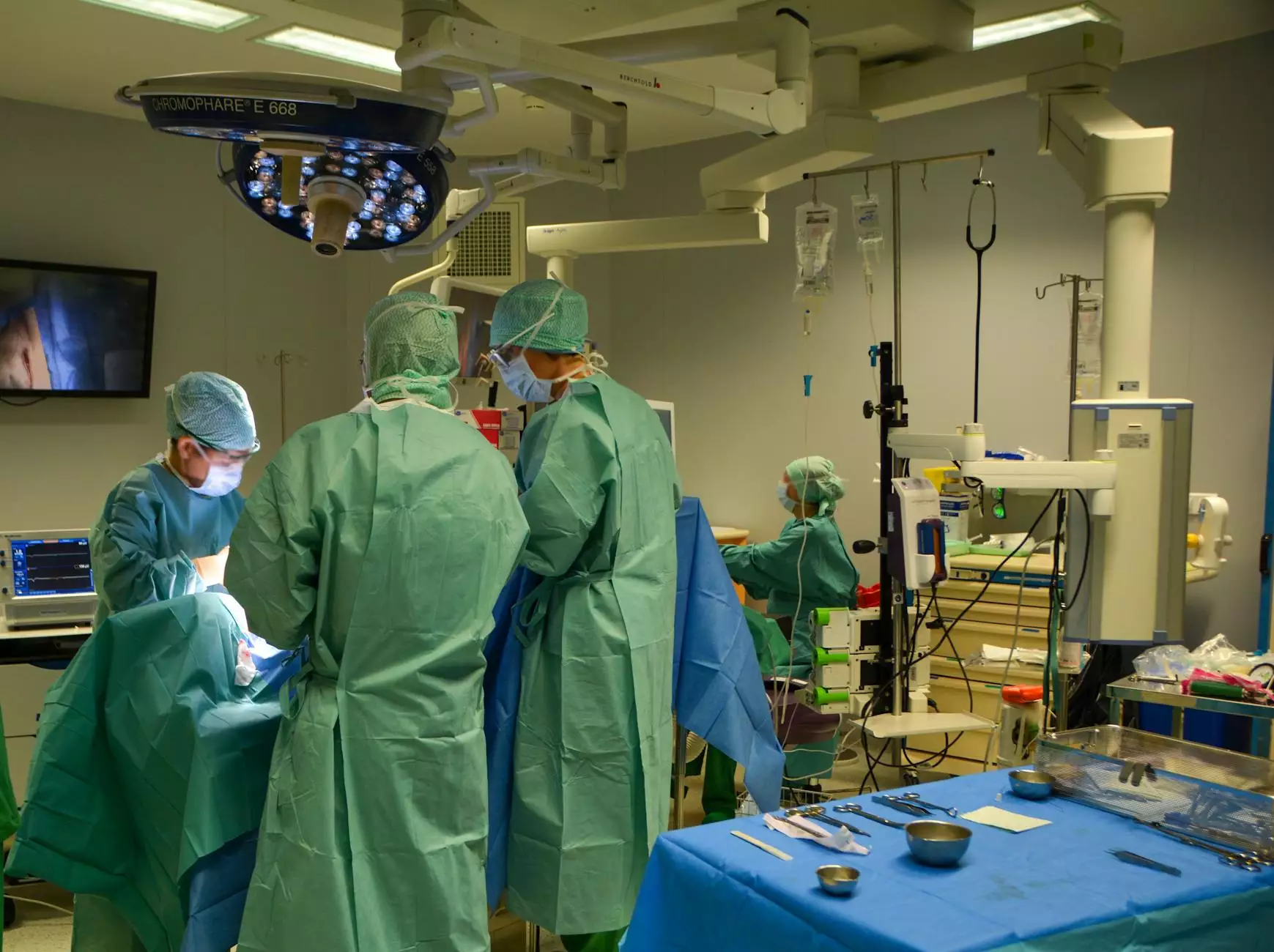Laparoscopic Hysterectomy Risks: Understanding the Benefits and Considerations

Laparoscopic hysterectomy has become one of the most favored surgical methods for female reproductive organ removal due to its minimally invasive nature. While this means fewer complications and quicker recovery times compared to traditional hysterectomy methods, it is essential to understand the risks associated with laparoscopic hysterectomy.
What is a Laparoscopic Hysterectomy?
A laparoscopic hysterectomy involves the removal of the uterus through small incisions in the abdomen. It is performed using a laparoscope, which is a thin, lighted tube equipped with a camera that allows surgeons to see inside the body without large incisions. There are different types of laparoscopic hysterectomies, including total, subtotal, and radical, each varying based on the surgical approach and the extent of tissue removal. This type of procedure is typically indicated for conditions such as:
- Uterine fibroids
- Endometriosis
- Pelvic inflammatory disease
- Abnormal uterine bleeding
- Uterine prolapse
Understanding the Risks of Laparoscopic Hysterectomy
Like any surgical procedure, a laparoscopic hysterectomy comes with potential risks and complications. While advancements in technology and technique have significantly reduced these risks, it is crucial for patients to be aware of them. Below are some of the primary risks associated with laparoscopic hysterectomy.
1. Anesthesia-Related Risks
General anesthesia is usually utilized during a laparoscopic hysterectomy. Risks associated with anesthesia may include:
- Allergic reactions
- Respiratory complications
- Cardiovascular issues
- Nausea and vomiting
2. Surgical Risks
Every surgical procedure carries inherent surgical risks. In the case of laparoscopic hysterectomy, these may involve:
- Bleeding: Though uncommon, excessive bleeding may occur and sometimes requires a blood transfusion.
- Infection: Infection may develop at the incision sites or internally.
- Injury to surrounding organs: The laparoscope may inadvertently damage nearby organs such as the bladder, ureters, or intestines.
3. Recovery-Related Risks
After surgery, there are several considerations during recovery, including:
- Pain and Discomfort: While laparoscopic procedures typically cause less pain than traditional surgeries, some discomfort is still expected during recovery.
- Hernia: Rarely, incisions can form hernias if not properly cared for post-operatively.
- Blood Clots: Long periods of decreased mobility can increase the risk of deep vein thrombosis (DVT).
4. Long-Term Risks
Long-term risks associated with laparoscopic hysterectomy may include:
- Hormonal Changes: If the ovaries are also removed (oophorectomy), patients may experience sudden menopause and associated symptoms.
- Emotional Impact: The psychological effects of hysterectomy can vary; some women may experience feelings of loss or anxiety.
- Changes in Sexual Function: Some women report changes in sexual desire or function post-surgery, although others experience improvement.
Ensuring Awareness and Informed Decisions
Understanding the risks associated with laparoscopic hysterectomy allows patients to make informed decisions regarding their healthcare. It is essential to engage in detailed discussions with a qualified healthcare professional to address all concerns, discuss personal medical history, and understand the potential benefits versus risks before proceeding with surgery.
Benefits of Laparoscopic Hysterectomy
While the risks may seem daunting, it is also crucial to consider the significant benefits that laparoscopic hysterectomy offers:
- Minimally Invasive: Smaller incisions lead to less postoperative pain and scarring.
- Quicker Recovery: Patients often resume normal activities much sooner than with an open hysterectomy.
- Reduced Hospital Stay: Many patients can go home the same day or after a short stay in the hospital.
- Lower Risk of Infection: Smaller incisions generally result in a lower infection rate.
How to Prepare for a Laparoscopic Hysterectomy
Preparation is key to a successful laparoscopic hysterectomy. Here are several steps to consider:
- Pre-Operative Assessments: Undergo a thorough medical evaluation to assess overall health.
- Medication Review: Discuss current medications with your doctor, including over-the-counter drugs and supplements.
- Dietary Adjustments: Follow any recommended dietary changes or fasting protocols before surgery.
- Arrange for Post-Operative Care: Have a plan for someone to assist you at home during your recovery.
Post-Operative Care and Recovery
After undergoing a laparoscopic hysterectomy, follow-up care plays a crucial role in recovery. Here are some tips for a smooth recovery:
- Listen to Your Body: Rest when needed and avoid strenuous activities for several weeks.
- Manage Pain: Use prescribed pain medications as directed and do not hesitate to reach out to your healthcare provider if you experience significant pain.
- Follow-Up Appointments: Attend all follow-up appointments to monitor recovery progress.
- Watch for Complications: Be aware of symptoms indicating complications, such as heavy bleeding, fever, or persistent pain, and report them to your doctor immediately.
Conclusion
A laparoscopic hysterectomy can be a life-changing procedure for many women. Despite its benefits, potential risks should not be overlooked. By understanding the full scope of laparoscopic hysterectomy risks, benefits, and preparation steps, patients can embark on their surgical journey with confidence. Always consult with a trusted medical professional, like those at drseckin.com, to ensure you have a comprehensive understanding and the best possible care tailored to your needs.
Ultimately, arming yourself with information is the best way to navigate your health decisions and ensure the best possible outcomes.









